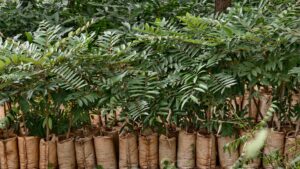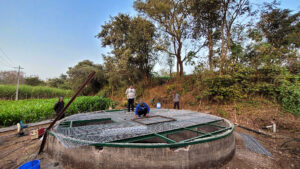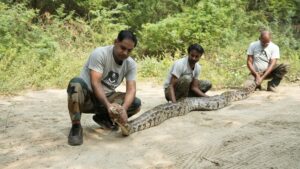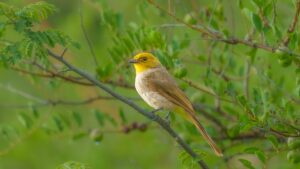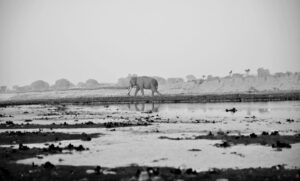When Wildlife SOS’s Haathi Sewa initiative set its wheels rolling into Jharkhand this August, it wasn’t just another veterinary round; it was a journey of care reaching deep into the forests, camps, sanctuaries and parks where elephants needed us. The Haathi Sewa team during this initiative travelled across Dalma Wildlife Sanctuary, Tamar Range, Bhagwan Birsa Biological Park and Betla National Park, examining and treating elephants, and training the mahouts, keeping in mind that no elephant is too far, too old, or too fragile to receive care and compassion.
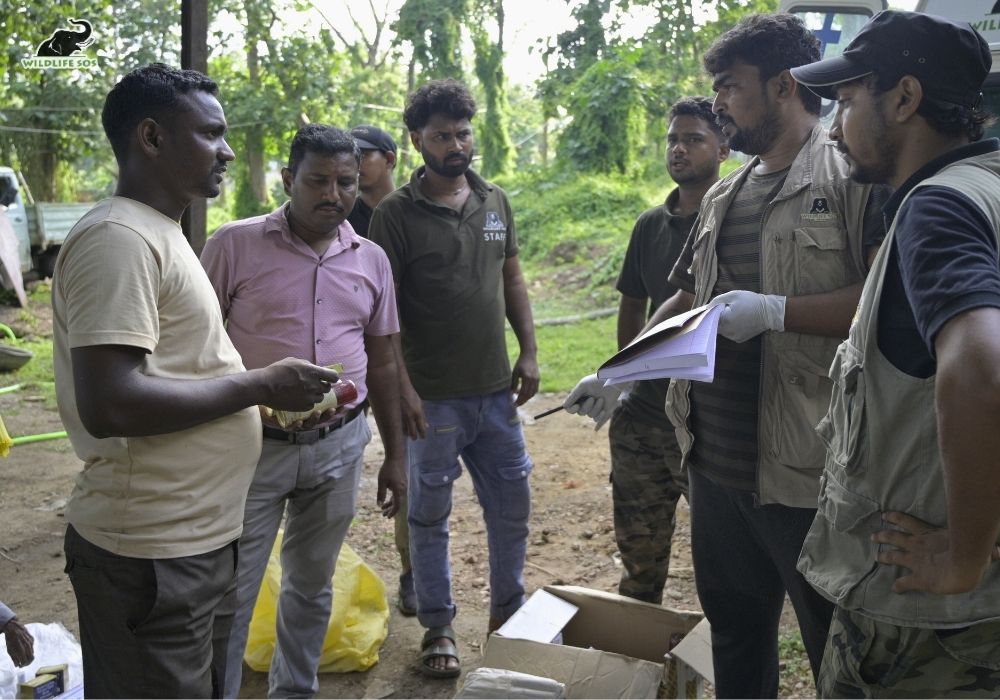
The team led by our veterinary officer, Dr. Gochalan, along with the help of the Jharkhand Forest Department, attended to eight elephants in Jharkhand, each carrying their own unique stories of suffering. While their work was largely medical, it was important to include a humane aspect to carry it out. Treating wounds and chronic illnesses, while also imparting knowledge to the mahouts on certain everyday practices, is how we can safeguard the health of elephants.
Dalma Wildlife Sanctuary
The journey began at Dalma, where a 17-year-old female elephant under the care of the Forest Department awaited the team. Once rescued as a calf after falling into a well, she now lives in the sanctuary but suffers from ankylosis, forcing her to have an unusual gait. Her toenails, on close inspection, showed overgrowth. The Haathi Sewa team trimmed her nails, provided deworming and tetanus vaccinations, and guided her mahout on including salt-mixed soaks and enclosure management in their daily routines to ease her discomfort. The elephant remained calm and cooperative during her examinations and treatment.
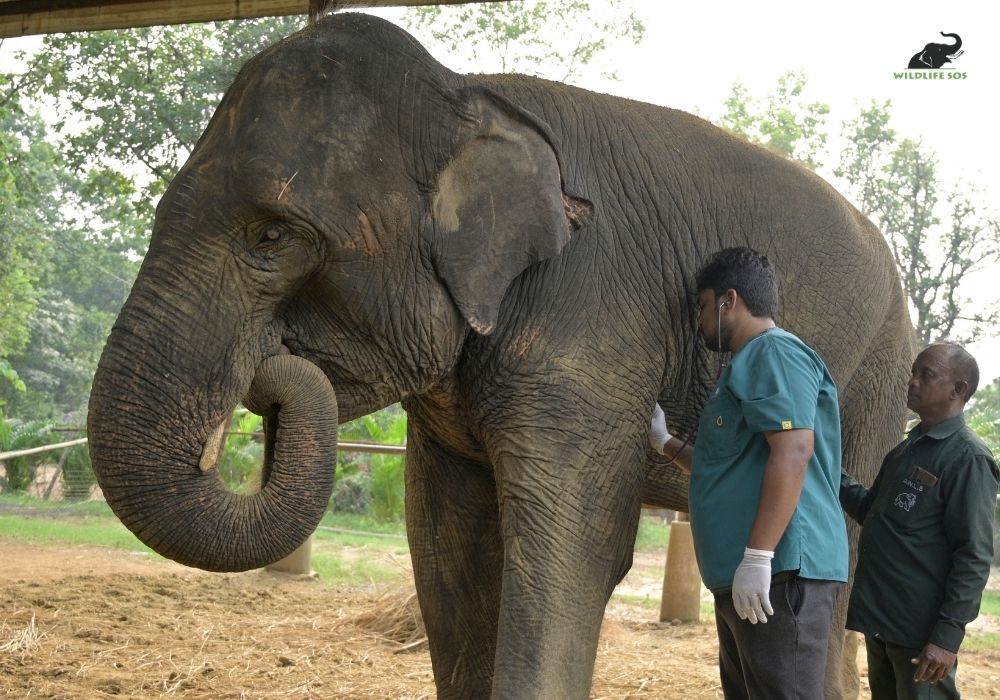
Tamar Range, Khunti Division
In Tamar, the team was alerted to a 40-year-old wild female elephant struggling with swelling and lameness in her right forelimb. Approaching a free-ranging elephant always requires caution, and so the visit became an exercise in careful assessment rather than immediate intervention. The veterinary team, together with forest guards, observed her condition closely and recommended the best course of action for her continued monitoring and safety. The case reflected how Haathi Sewa extends knowledge and veterinary expertise for challenging contexts, ensuring even wild elephants benefit from timely attention.
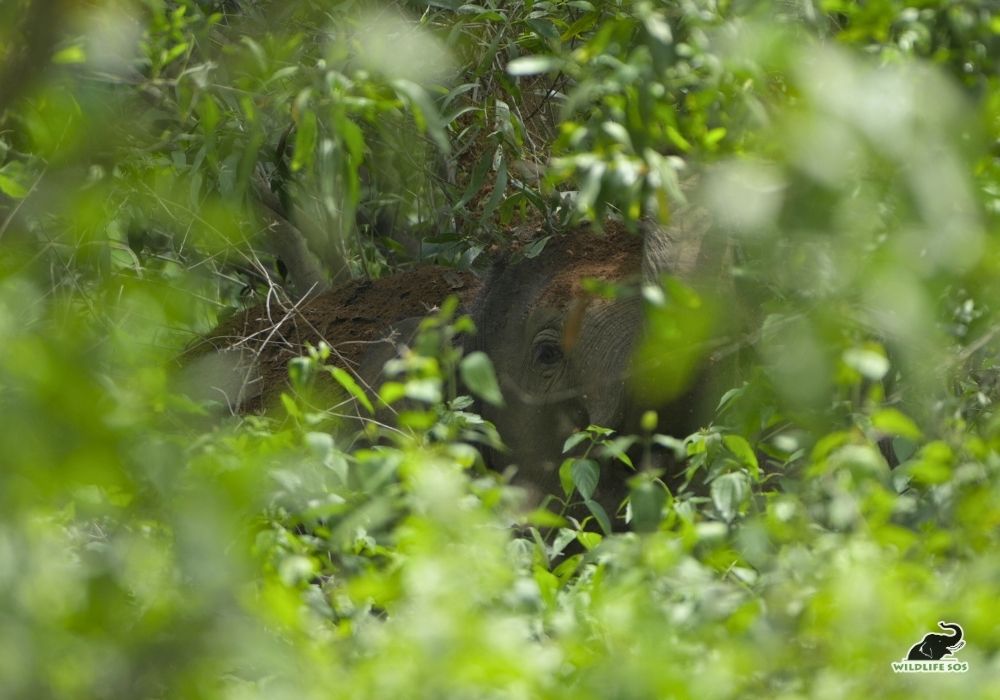
Bhagwan Birsa Biological Park, Ranchi
In Ranchi, attention was given to two elephants who had been orphaned as calves and now lived under care at the Bhagwan Birsa Biological Park. One was a 27-year-old female who often limped and found walking difficult. Her nails had grown long and had cracked, adding to her discomfort. The team gave her much-needed relief through careful foot care, along with tetanus vaccination and deworming. Just as important, her mahouts were guided on simple changes, like providing softer resting spaces, gentle walks, and regular attention to her feet, that could make her daily life far more comfortable.
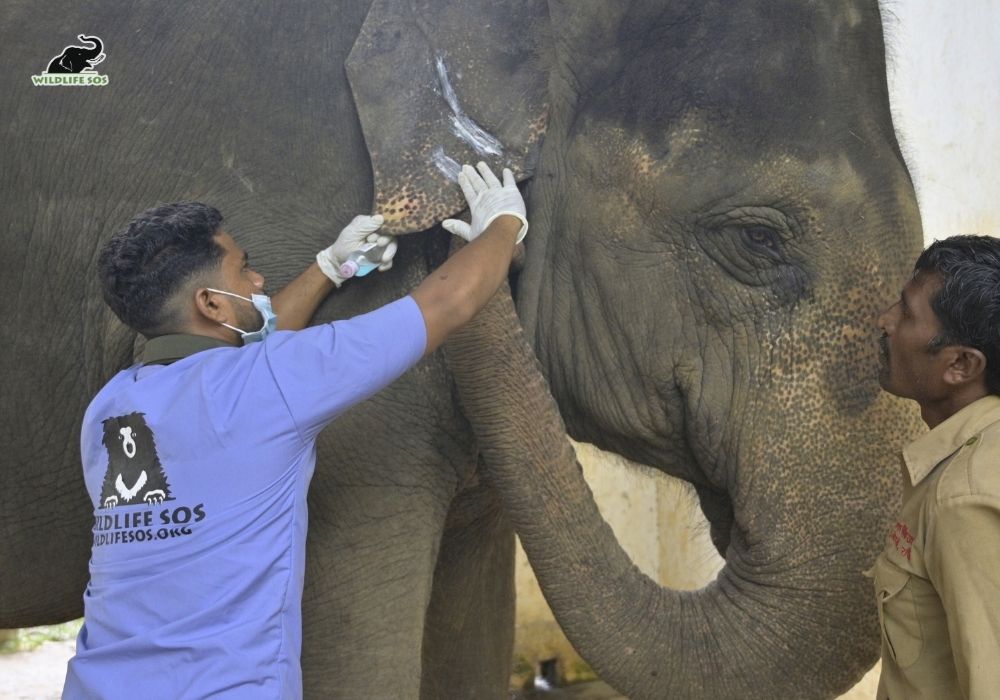
Alongside her was a lively five-year-old male, brimming with energy yet unpredictable in behaviour. For him, the focus was on preventive care, ensuring he received timely vaccinations and deworming so that he could grow strong and healthy under watchful eyes. Preventive care became the priority: deworming to clear parasites, and a tetanus vaccine to safeguard his growing strength. The team’s approach followed a philosophy central to Haathi Sewa, that safeguarding health early can prevent larger problems in the future.
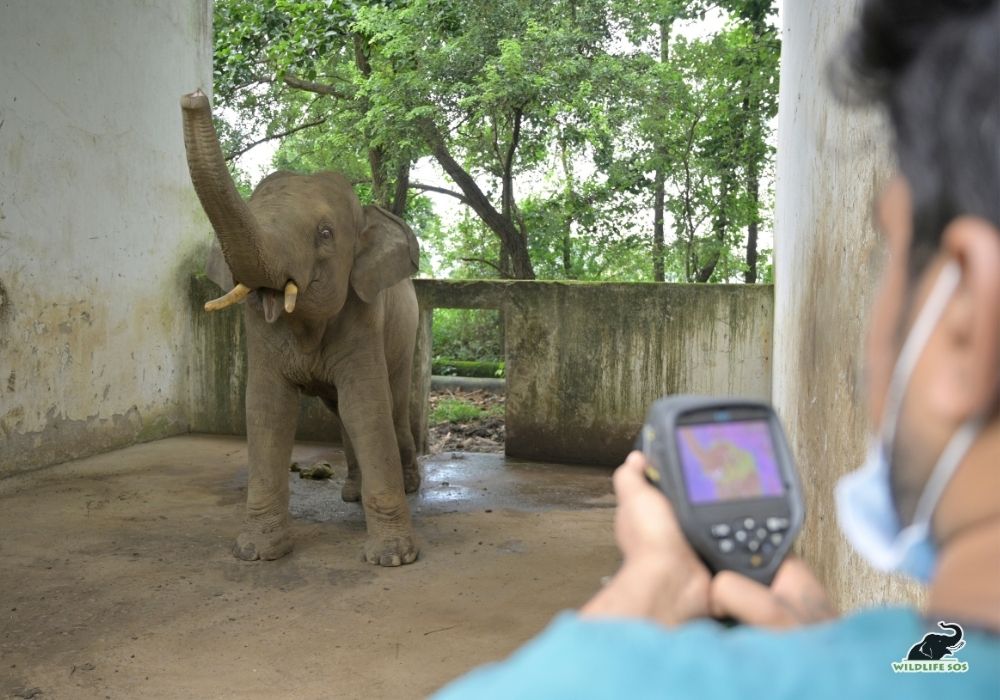
Betla National Park, Palamau Tiger Reserve
At Betla, the most demanding stretch of the journey unfolded, with four elephants requiring diverse forms of care. The oldest, a 63-year-old female, bore the weight of age: clouded vision, weak limbs, overgrown nails, and old wounds that still lingered. For her, the team’s sensitive medical work was meant to ensure that she could move and rest with greater comfort.
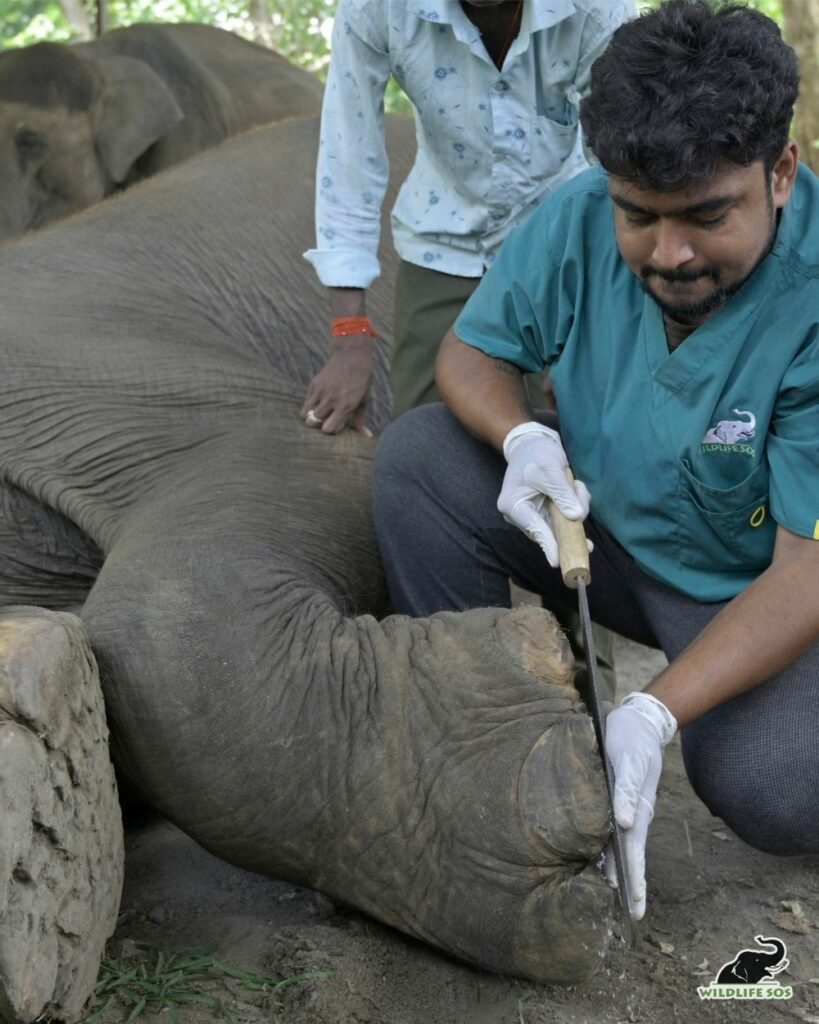
A 12-year-old female elephant presented different concerns she was suffering from: digestive distress and joint inflammation. Alongside them were two younger elephants, both around nine years old, who embodied the energy and unpredictability of youth. Their care centred on preventive measures such as deworming, vaccinations, and early interventions for eye and joint issues, so that any minor discomfort would not grow into lifelong conditions.
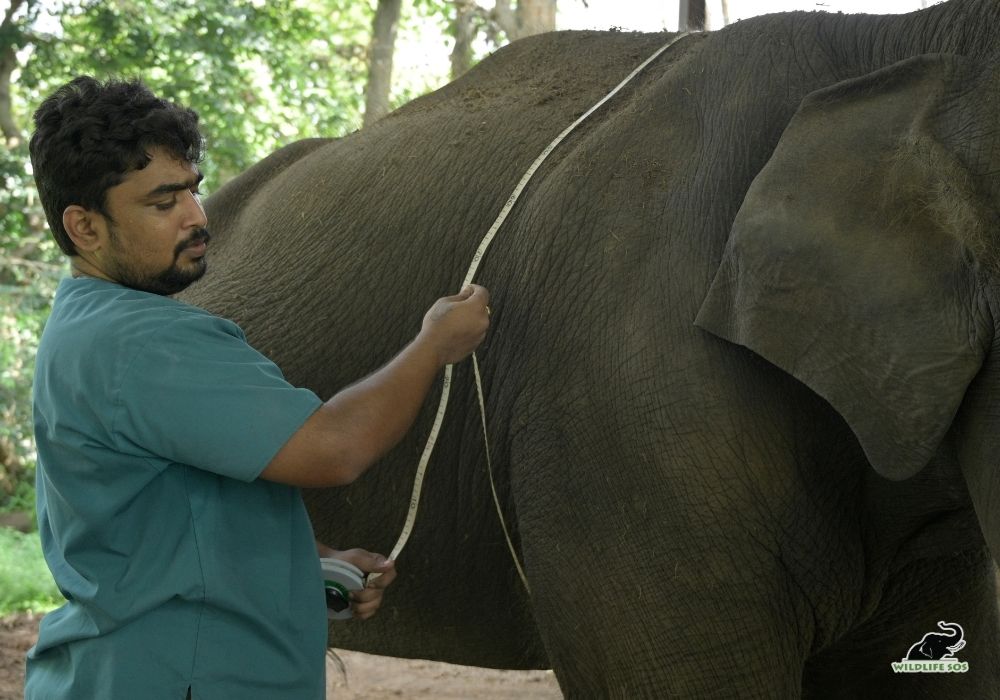
Taken together, the elephants at Betla National Park illustrated the vast spectrum of needs that Haathi Sewa addresses: the frailty of age, the vulnerabilities of middle life, and preventive steps that can be taken for the youth. It was here that the clinic-on-wheels most clearly demonstrated its proficiency, tailoring its treatments to support every stage of an elephant’s life.
A Promise on Wheels
At every stop, the clinic did more than dispense medicine. A total of 15 mahouts across Jharkhand were trained in essential elephant care that included trimming nails, checking for cracks, cleaning wounds, drying feet after river baths, and replacing abrasive jute or coir ropes with softer ones made of cotton. These sessions turned treatment into dialogue, empowering mahouts with practical skills to sustain the welfare of elephants.
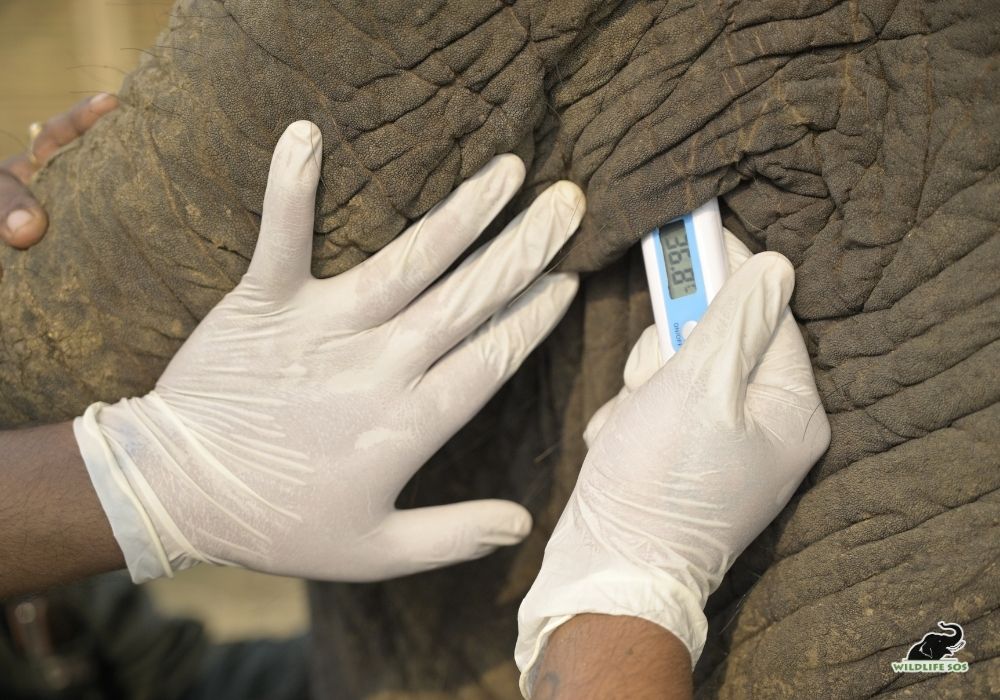
Haathi Sewa treated eight elephants in Jharkhand, diagnosing and addressing conditions ranging from musculoskeletal disorders and parasitic infestations to ocular problems, abscesses, foot pathologies, and geriatric frailties. Preventive and required care was carried out for Dalma’s rescued survivor to the wild injured elephant of Tamar, from Ranchi’s young orphans to Betla’s matriarchs and calves. At the same time, welfare education imparted to mahouts has surely created ripples that would last beyond Haathi Sewa’s presence at the sites. The Jharkhand visit showed what structured veterinary care can achieve by travelling to troubled elephants, who cannot voice their pain, but are in urgent need of medical attention.
As the ambulance rolled out of Jharkhand’s forests, one truth remained clear: Haathi Sewa is more than a clinic on wheels; it is a covenant of dignity, compassion, and care for every elephant in need in India. If you encounter an elephant in distress, please reach out to the Elephant Helpline at +91-9971699727 or write to us at info@wildlifesos.org. We’ll meet you on the road.
Feature image: Atharva Pacharne/ Wildlife SOS

